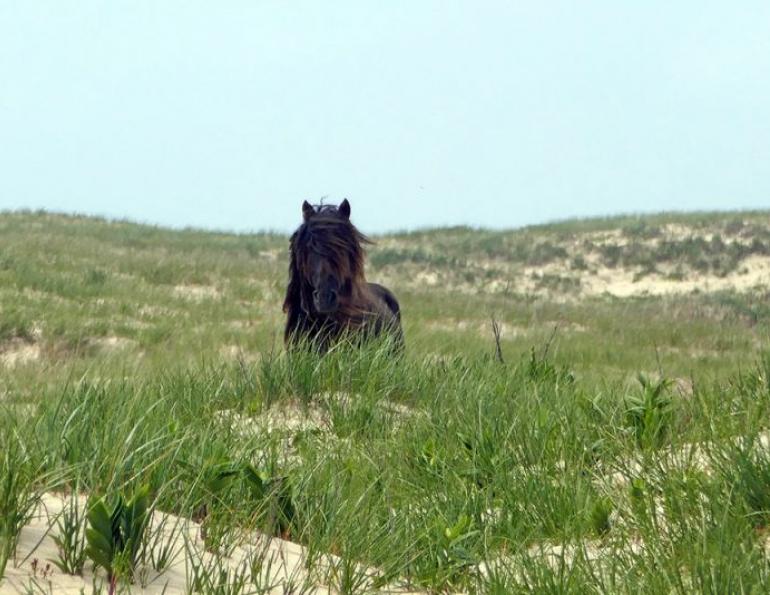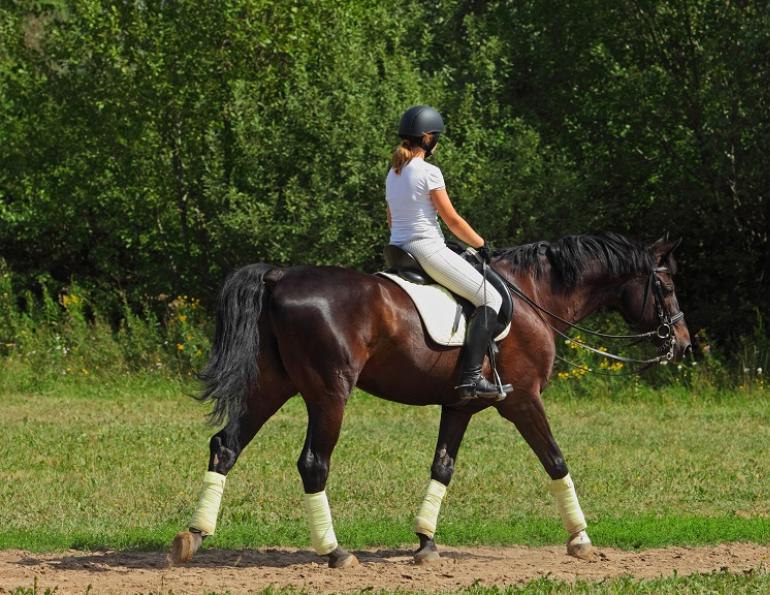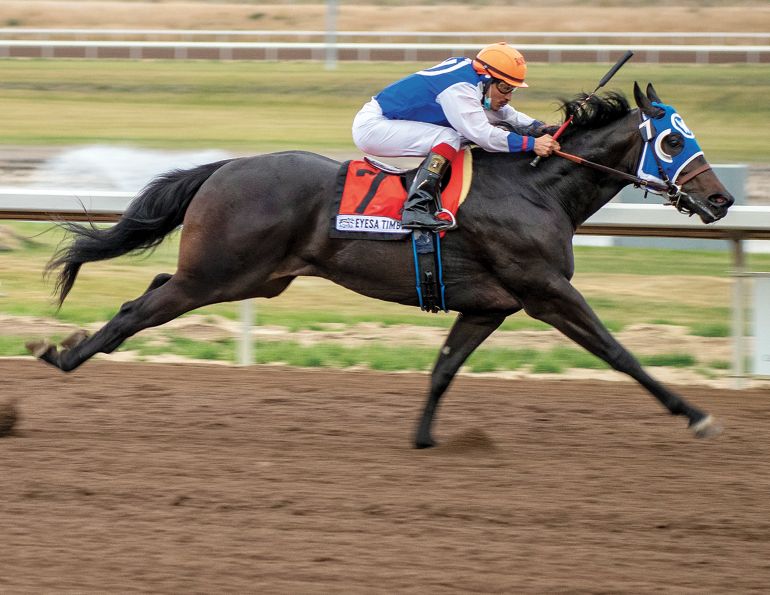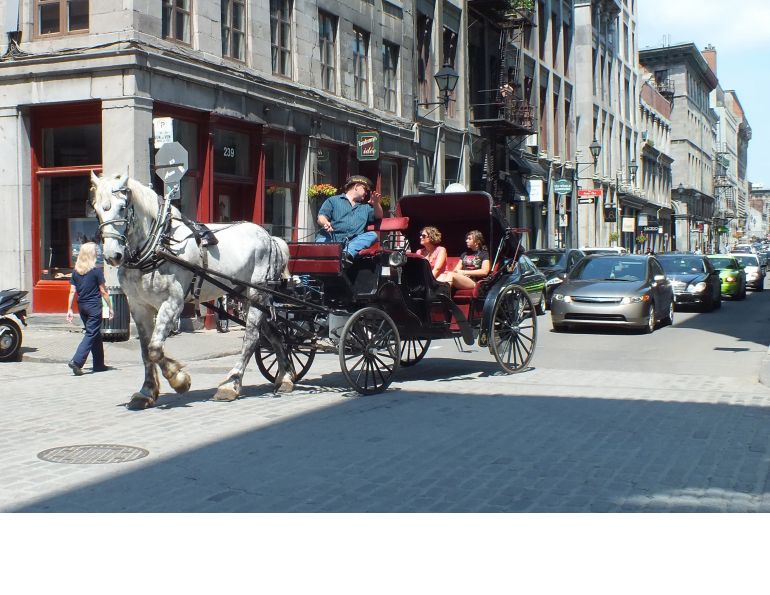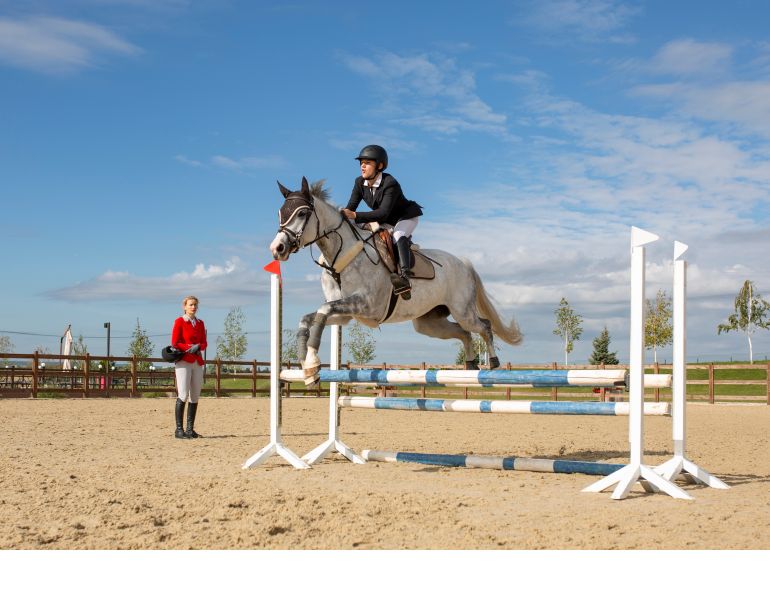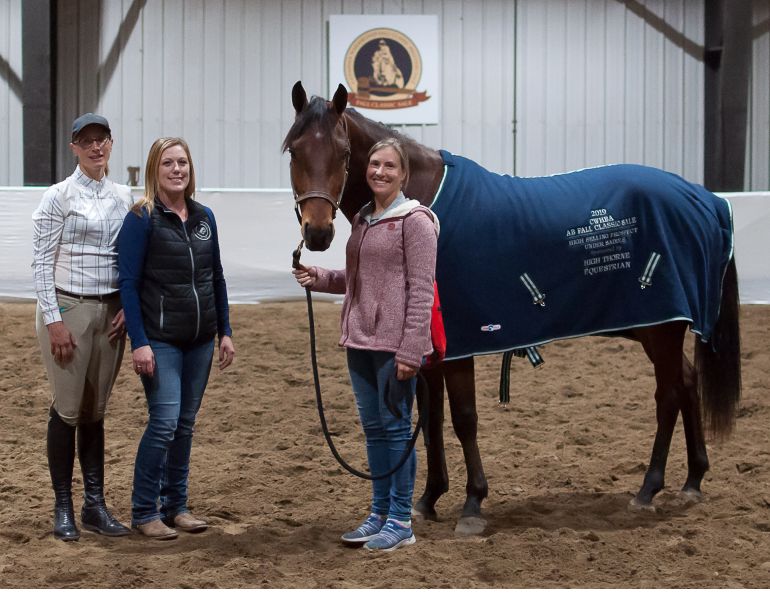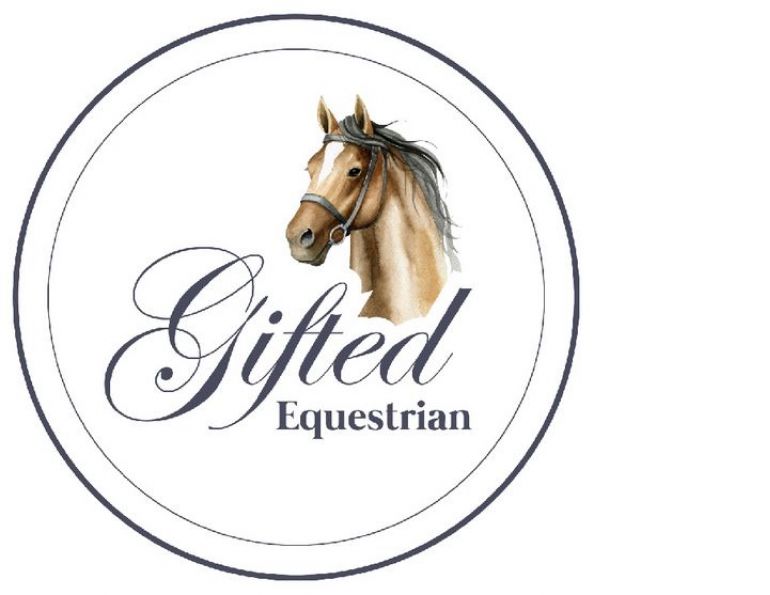The roughly 500 wild horses living on Canada's Sable Island National Park Reserve are of unique interest to researchers across Canada, who yearn to understand their pivotal role in the Island's 42-kilometre protected and self-contained ecosystem off the coast of Nova Scotia.
With the Island's feral horse population gradually increasing, the latest federal investment of $682,000 will be used to explore the horses' direct and/or indirect impact on Sable Island's ecosystem, including its dune processes, freshwater ponds, and rare species and their habit. Nine separate one-hectare areas will be fenced off, preventing the horses from walking and grazing in those areas for a period of five years. Those who wonder about access to food and water supply for these feral horses need not be concerned. According to Parks Canada, each exclosure “...represents .6% of the total vegetated portion of the island [and] 5% of the fresh water reserves.” The horses already eat a variety of food from the Island, mostly marram (beach grass), but also plants and algae which wash up on shore, and enclosed ponds were selected where others are nearby.

Satellite image of Sable Island, Nova Scotia, taken by NASA.
Funding will also be used to create educational materials for all Canadians to virtually explore the project's progress, and to understand why maintaining sound ecosystems within national parks is so important.
Those interested can learn more about the “Fences in the sand” study here.
Several articles on Sable Island and its horses can be found on this website...
- The Hard Lives of Sable Island Horses
- The Wild Horses of Sable Island
- Sable Island Horses and Drug-Resistant Bacteria
- Mystery of Sable Island's Growing Horse Population
Main Photo: Wikimedia/Paul Gierszewski
- With files from HORSEJournals.com, and the Parks Canada website



